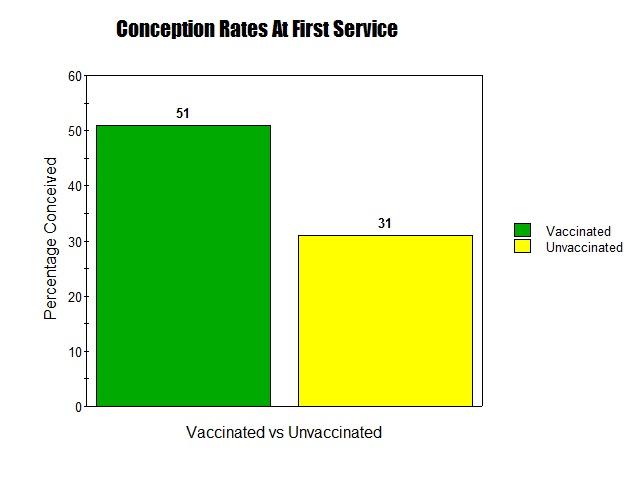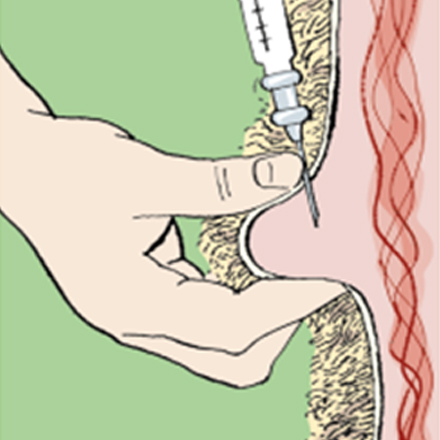Spirovac 10 ml
This product is only licensed for sale in the Republic Of Ireland
Active Ingredient: Inactivated Leptospira borgpetersenii serovar Hardjo
Target Species: Cattle
Treats and Controls: Leptospiia hardjo, Leptospira interrogans serovar hardjo (hardjo Prajitno) and L. borgpetersenii serovar hardjo (hardjo Bovis)
Administration Method: Subcutaneous injection (under the skin)
Withdrawal Time: There is no withdrawal time for this product
Dosage for cattle: 2 ml per animal. After the initial vaccination a second dose should be given no less than 4 weeks and no more than 6 weeks after.
| Body Weight | Dose Volume | Doses Per bottle |
| All Sizes | 2ml | 5 |
Always read the label and all enclosed information for Spirovac before administering to animals!

Cattle Injectables
Injectables should be given according to the manufacturer’s instructions at the recommended injection site.
• Always use a clean, sterile syringe and needle. If using a multiple injection gun, ensure the needle is disinfected between injections, e.g. with an automatic sterilisation system.
• If the site to be injected is dirty, clean the skin and swab with an alcohol-impregnated wipe or cotton wool.
• Before injecting, check the expiry date and read the instructions of the product to be used. Some products need to be shaken before use.
• Use the correct-sized needle according to the size of the animal and site of injection.
• Ensure the animal is adequately restrained before attempting the injection.
• Take care to ensure it is given subcutaneously and not intramuscularly. Raise a fold of skin at the injection site (mainly neck but some are ear) recommended by the product manufacturer and inject carefully into the space created.
• If a large dose is to be delivered, it may be advisable to split the dose between two injection sites. After the injection, briefly massage the site to improve the dispersal of the injected material.
• Dispose of the needle and syringe in appropriate clinical waste and sharps containers.

Would you like to send this voucher to the recipient via email?
Yes No